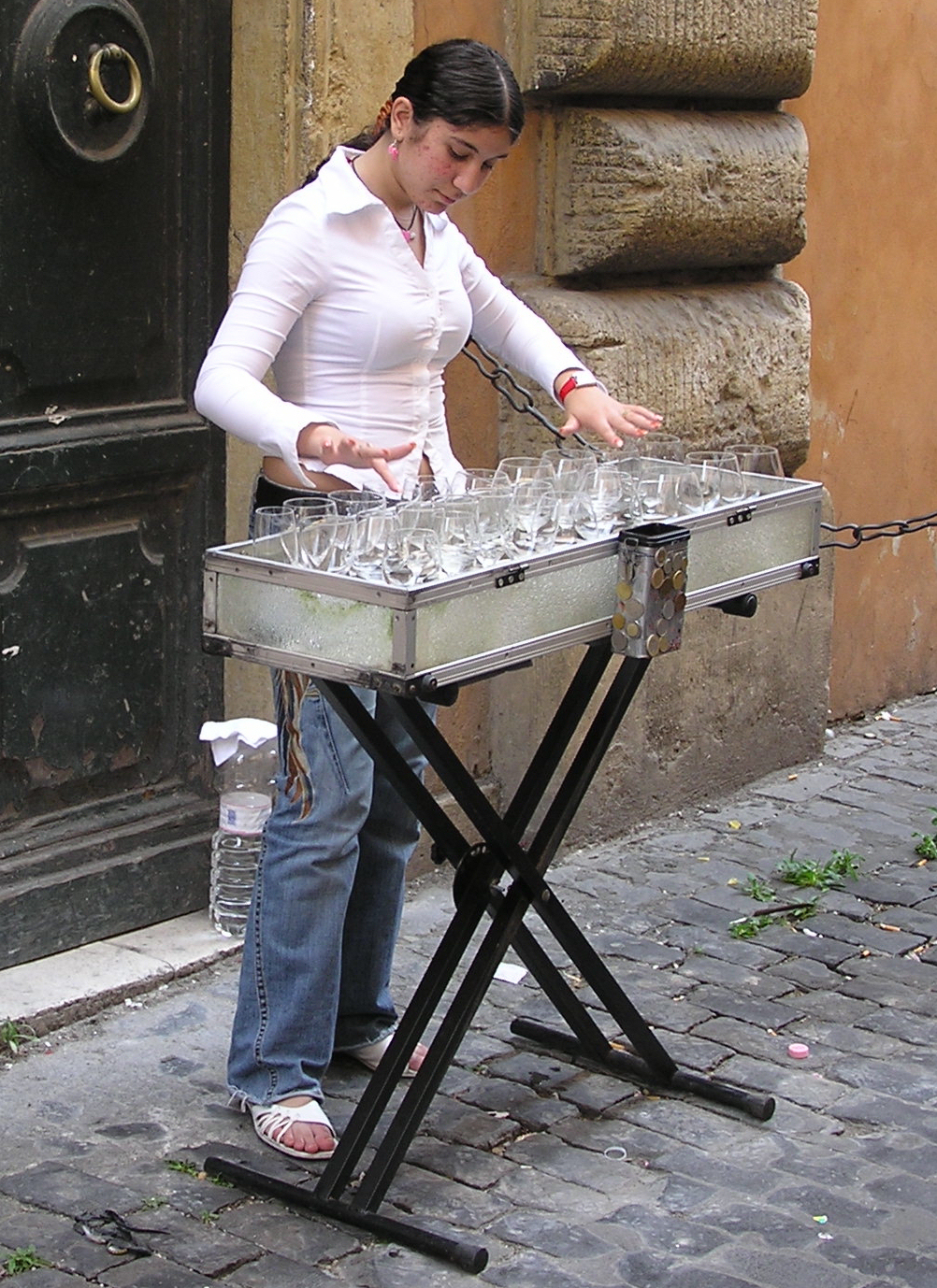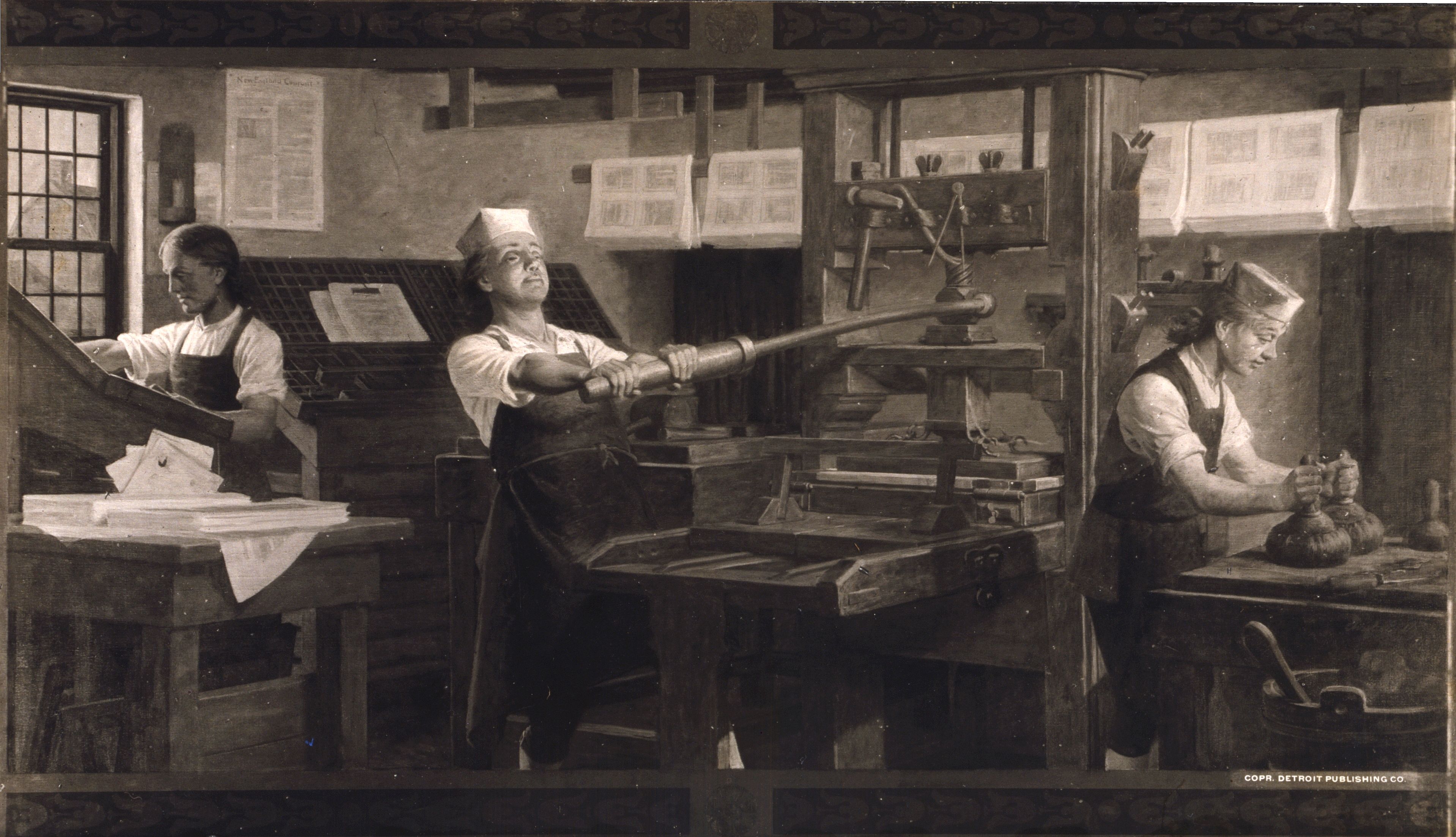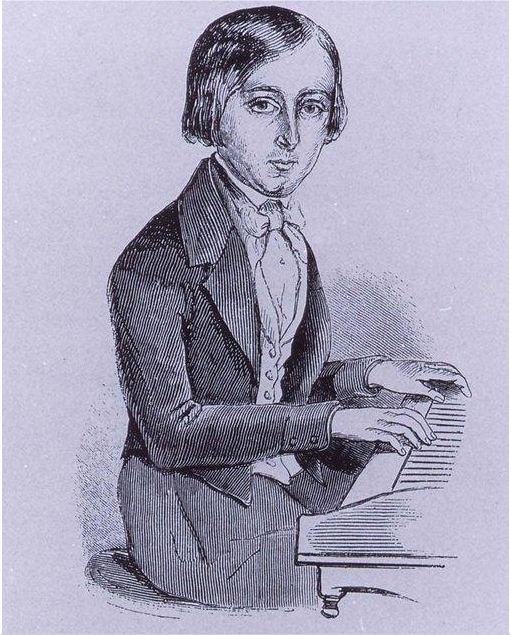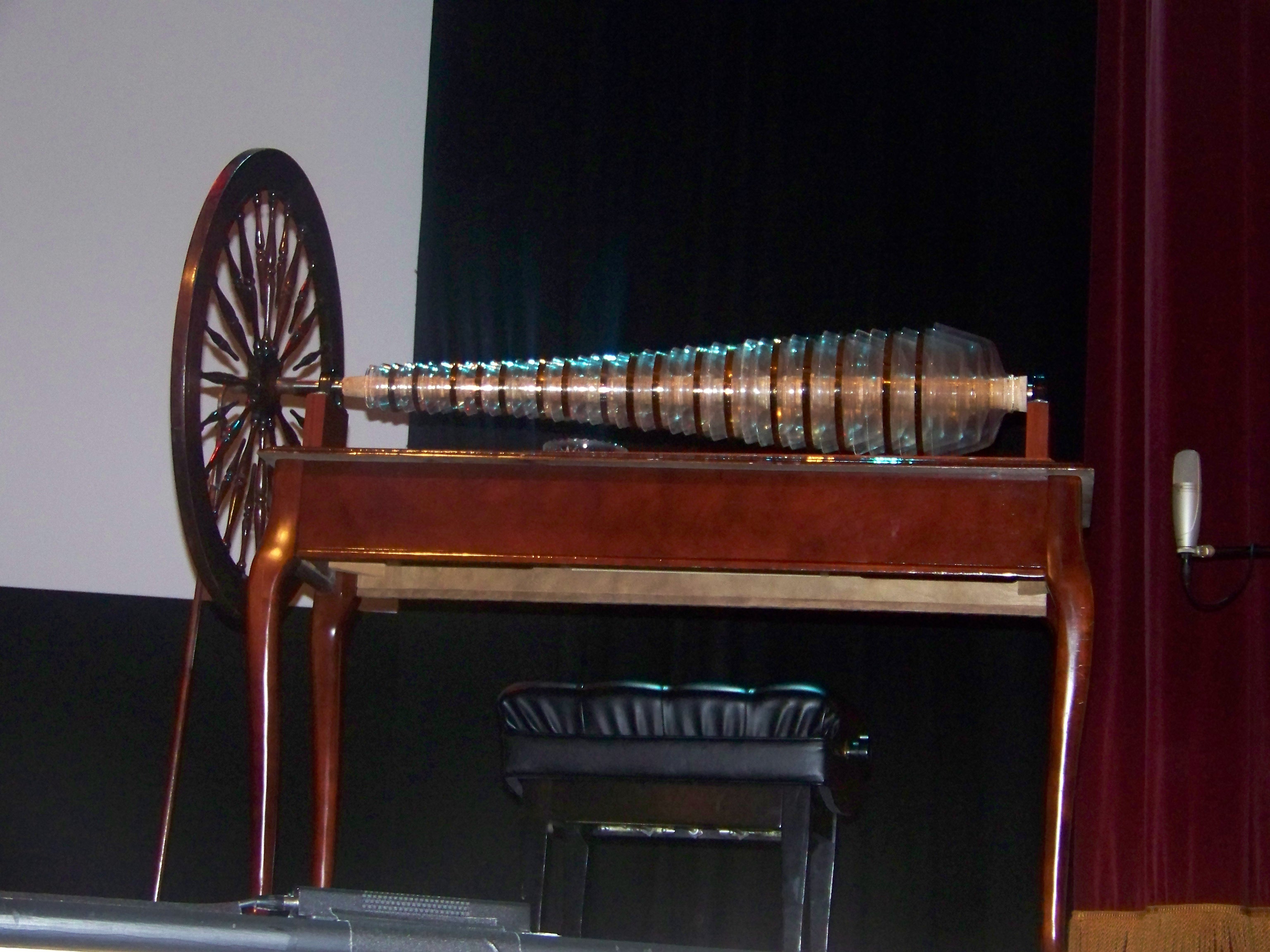|
Glasschord
The glasschord ( French: fortepiano à cordes de verre) is a struck crystallophone resembling the celesta. History The glasschord was invented circa 1785 by physicist M. Beyer of Paris. It creates sound by using cloth covered wooden hammers to strike glass tubes laid on a cloth strip, with no dampeners. The instrument has a range of three octaves, in various models from c' to c'', f' to f'', and g' to g''. The instrument was largely inspired by the glass harmonica created by Benjamin Franklin, and was given the name ''glasschord'' by him. On 6 July 1785, Thomas Jefferson Thomas Jefferson (, 1743July 4, 1826) was an American Founding Fathers of the United States, Founding Father and the third president of the United States from 1801 to 1809. He was the primary author of the United States Declaration of Indepe ... that Franklin carried a version of the instrument with him, describing it as a wikt:sticcado, sticcado. Beyer originally presented the instrument on 19 January ... [...More Info...] [...Related Items...] OR: [Wikipedia] [Google] [Baidu] |
Glass Harmonica
The glass harmonica, also known as the glass armonica, glass harmonium, bowl organ, hydrocrystalophone, or simply the armonica or harmonica (derived from , ''harmonia'', the Greek language, Greek word for harmony), is a type of musical instrument that uses a series of glass bowl (vessel), bowls or goblets graduated in size to produce musical pitch (music), tones by means of friction (instruments of this type are known as friction idiophones). It was invented in 1761 by Benjamin Franklin. Nomenclature The name "glass harmonica" (also "glass armonica", "glassharmonica"; ''harmonica de verre'', ''harmonica de Franklin'', ''armonica de verre'', or just ''harmonica'' in French; ''Glasharmonika'' in German; ''harmonica'' in Dutch) refers today to any instrument played by rubbing glass or crystal goblets or bowls. The alternative instrument consisting of a set of wine glasses (usually tuned with water) is generally known in English as "musical glasses" or the "glass harp". When Be ... [...More Info...] [...Related Items...] OR: [Wikipedia] [Google] [Baidu] |
Benjamin Franklin
Benjamin Franklin (April 17, 1790) was an American polymath: a writer, scientist, inventor, statesman, diplomat, printer, publisher and Political philosophy, political philosopher.#britannica, Encyclopædia Britannica, Wood, 2021 Among the most influential intellectuals of his time, Franklin was one of the Founding Fathers of the United States; a Committee of Five, drafter and signer of the United States Declaration of Independence, Declaration of Independence; and the first United States Postmaster General, postmaster general. Born in the Province of Massachusetts Bay, Franklin became a successful Early American publishers and printers, newspaper editor and printer in Philadelphia, the leading city in the colonies, publishing ''The Pennsylvania Gazette'' at age 23. He became wealthy publishing this and ''Poor Richard's Almanack'', which he wrote under the pseudonym "Richard Saunders". After 1767, he was associated with the ''Pennsylvania Chronicle'', a newspaper known for it ... [...More Info...] [...Related Items...] OR: [Wikipedia] [Google] [Baidu] |
Keyboard Instruments
A keyboard instrument is a musical instrument played using a keyboard, a row of levers that are pressed by the fingers. The most common of these are the piano, organ, and various electronic keyboards, including synthesizers and digital pianos. Other keyboard instruments include celestas, which are struck idiophones operated by a keyboard, and carillons, which are usually housed in bell towers or belfries of churches or municipal buildings. Today, the term ''keyboard'' often refers to keyboard-style synthesizers and arrangers as well as work-stations. These keyboards typically work by translating the physical act of pressing keys into electrical signals that produce sound. Under the fingers of a sensitive performer, the keyboard may also be used to control dynamics, phrasing, shading, articulation, and other elements of expression—depending on the design and inherent capabilities of the instrument. Modern keyboards, especially digital ones, can simulate a wide range of sou ... [...More Info...] [...Related Items...] OR: [Wikipedia] [Google] [Baidu] |
The Carnival Of The Animals
''The Carnival of the Animals'' () is a humorous musical suite of 14 movements, including " The Swan", by the French composer Camille Saint-Saëns. About 25 minutes in duration, it was written for private performance by two pianos and chamber ensemble; Saint-Saëns prohibited public performance of the work during his lifetime, feeling that its frivolity would damage his standing as a serious composer. The suite was published in 1922, the year after his death. A public performance in the same year was greeted with enthusiasm, and it has remained among his most popular. It is less frequently performed with a full orchestral complement of strings. History Following a disastrous concert tour of Germany in 1885–86, Saint-Saëns withdrew to a small Austrian village, where he composed ''The Carnival of the Animals'' in February 1886. From the beginning he regarded the work as a piece of fun. On 9 February 1886 he wrote to his publishers Durand in Paris that he was composing a ... [...More Info...] [...Related Items...] OR: [Wikipedia] [Google] [Baidu] |
Camille Saint-Saëns
Charles-Camille Saint-Saëns (, , 9October 183516 December 1921) was a French composer, organist, conductor and pianist of the Romantic music, Romantic era. His best-known works include Introduction and Rondo Capriccioso (1863), the Piano Concerto No. 2 (Saint-Saëns), Second Piano Concerto (1868), the Cello Concerto No. 1 (Saint-Saëns), First Cello Concerto (1872), ''Danse macabre (Saint-Saëns), Danse macabre'' (1874), the opera ''Samson and Delilah (opera), Samson and Delilah'' (1877), the Violin Concerto No. 3 (Saint-Saëns), Third Violin Concerto (1880), the Symphony No. 3 (Saint-Saëns), Third ("Organ") Symphony (1886) and ''The Carnival of the Animals'' (1886). Saint-Saëns was a musical prodigy; he made his concert debut at the age of ten. After studying at the Paris Conservatoire he followed a conventional career as a church organist, first at Saint-Merri, Paris and, from 1858, La Madeleine, Paris, La Madeleine, the official church of the Second French Empire, Fr ... [...More Info...] [...Related Items...] OR: [Wikipedia] [Google] [Baidu] |
Hector Berlioz
Louis-Hector Berlioz (11 December 1803 – 8 March 1869) was a French Romantic music, Romantic composer and conductor. His output includes orchestral works such as the ''Symphonie fantastique'' and ''Harold en Italie, Harold in Italy'', choral pieces including the Requiem (Berlioz), Requiem and ''L'Enfance du Christ'', his three operas ''Benvenuto Cellini (opera), Benvenuto Cellini'', ''Les Troyens'' and ''Béatrice et Bénédict'', and works of hybrid genres such as the "dramatic symphony" ''Roméo et Juliette (Berlioz), Roméo et Juliette'' and the "dramatic legend" ''La Damnation de Faust''. The elder son of a provincial physician, Berlioz was expected to follow his father into medicine, and he attended a Parisian medical college before defying his family by taking up music as a profession. His independence of mind and refusal to follow traditional rules and formulas put him at odds with the conservative musical establishment of Paris. He briefly moderated his style ... [...More Info...] [...Related Items...] OR: [Wikipedia] [Google] [Baidu] |
Journal De Paris
The (1777–1840) was the first daily French newspaper.(7 October 2014)The first French daily: Journal de Paris History of JournalismAndrews, ElizabethBetween Auteurs and Abonnés: Reading the Journal de Paris, 1787–1789 ''Journal of the Western Society for French History'', Vol. 37 (2009) The paper was founded by Antoine-Alexis Cadet de Vaux, Jean Romilly, Olivier de Corancez, and Louis d'Ussieux, in 1777, following the model of the '' London Evening Post''. The four-page daily paper eschewed politics in favor of popular culture, the weather, and other light-hearted culture, which made it the subject of jesting in its day. Nevertheless, the model proved popular. In 1784, the paper famously published an anonymous satirical letter by Benjamin Franklin encouraging Parisians to rise earlier in the day, which has been credited (though an overreach) with promoting the concept of daylight saving time. [...More Info...] [...Related Items...] OR: [Wikipedia] [Google] [Baidu] |
French Academy Of Sciences
The French Academy of Sciences (, ) is a learned society, founded in 1666 by Louis XIV at the suggestion of Jean-Baptiste Colbert, to encourage and protect the spirit of French Scientific method, scientific research. It was at the forefront of scientific developments in Europe in the 17th and 18th centuries, and is one of the earliest Academy of Sciences, Academies of Sciences. Currently headed by Patrick Flandrin (President of the academy), it is one of the five Academies of the . __TOC__ History The Academy of Sciences traces its origin to Colbert's plan to create a general academy. He chose a small group of scholars who met on 22 December 1666 in the King's library, near the present-day Bibliothèque nationale de France, Bibliothèque Nationale, and thereafter held twice-weekly working meetings there in the two rooms assigned to the group. The first 30 years of the academy's existence were relatively informal, since no statutes had as yet been laid down for the ins ... [...More Info...] [...Related Items...] OR: [Wikipedia] [Google] [Baidu] |
Thomas Jefferson
Thomas Jefferson (, 1743July 4, 1826) was an American Founding Fathers of the United States, Founding Father and the third president of the United States from 1801 to 1809. He was the primary author of the United States Declaration of Independence, Declaration of Independence. Jefferson was the nation's first United States Secretary of State, U.S. secretary of state under George Washington and then the nation's second vice president of the United States, vice president under John Adams. Jefferson was a leading proponent of democracy, republicanism, and Natural law, natural rights, and he produced formative documents and decisions at the state, national, and international levels. Jefferson was born into the Colony of Virginia's planter class, dependent on slavery in the colonial history of the United States, slave labor. During the American Revolution, Jefferson represented Virginia in the Second Continental Congress, which unanimously adopted the Declaration of Independence. ... [...More Info...] [...Related Items...] OR: [Wikipedia] [Google] [Baidu] |
Glass Harmonica
The glass harmonica, also known as the glass armonica, glass harmonium, bowl organ, hydrocrystalophone, or simply the armonica or harmonica (derived from , ''harmonia'', the Greek language, Greek word for harmony), is a type of musical instrument that uses a series of glass bowl (vessel), bowls or goblets graduated in size to produce musical pitch (music), tones by means of friction (instruments of this type are known as friction idiophones). It was invented in 1761 by Benjamin Franklin. Nomenclature The name "glass harmonica" (also "glass armonica", "glassharmonica"; ''harmonica de verre'', ''harmonica de Franklin'', ''armonica de verre'', or just ''harmonica'' in French; ''Glasharmonika'' in German; ''harmonica'' in Dutch) refers today to any instrument played by rubbing glass or crystal goblets or bowls. The alternative instrument consisting of a set of wine glasses (usually tuned with water) is generally known in English as "musical glasses" or the "glass harp". When Be ... [...More Info...] [...Related Items...] OR: [Wikipedia] [Google] [Baidu] |
Chappell & Co
Chappell & Co. was an England, English company that publisher of sheet music, published music and manufactured pianos. Founded by pianist Samuel Chappell, the company was one of the leading music publishers and piano manufacturers in Britain until 1980 when Chappell sold its retail activities to concentrate solely on music publishing. After some previous acquisitions by other companies, the ''Chappell'' brand name is currently owned by Warner Chappell Music, part of Warner Music Group, which acquired it for $200 million in 1987.Warner Reportedly Will Acquire Chappell : $200-Million Deal Would Merge 2 of 3 Biggest U.S. Music Publishers by KATHRYN HARRIS on ''Los Angeles Times'', 12 May 1987 History [...More Info...] [...Related Items...] OR: [Wikipedia] [Google] [Baidu] |







